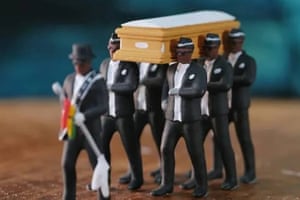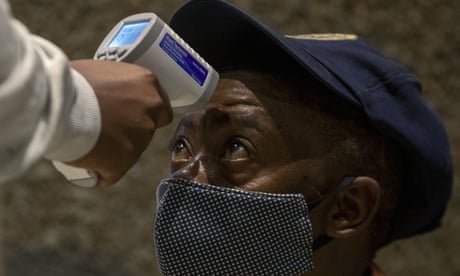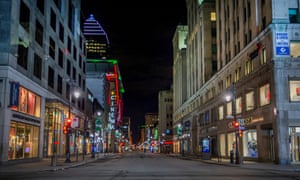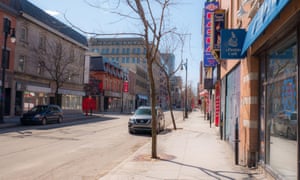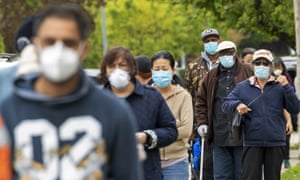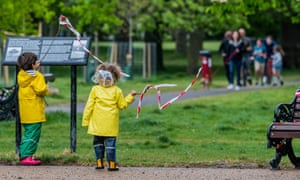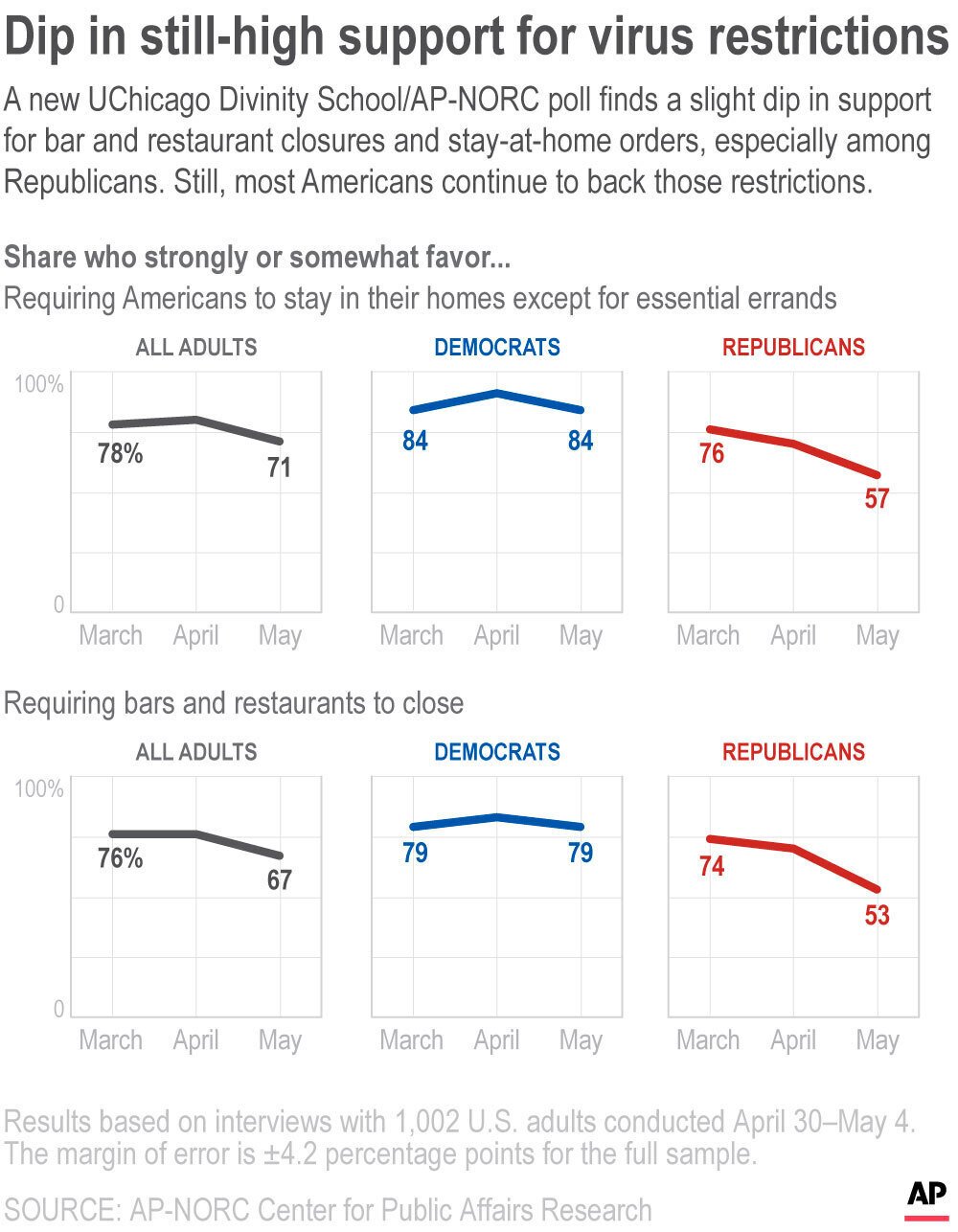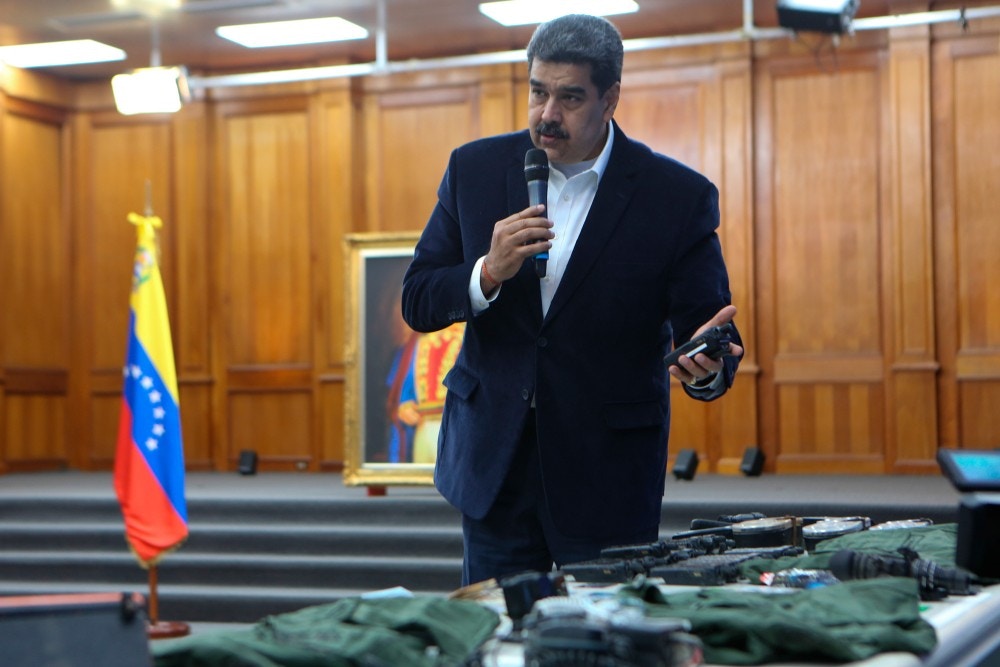Expanded Course in the History of Black Science Fiction: Mumbo Jumbo by Ishmael Reed
In February of 2016, Fantastic Stories of the Imagination published an essay by me called “A Crash Course in the History of Black Science Fiction.” Since then Tor.com has published my in-depth essays on nine of the 42 works mentioned. The original “Crash Course” listed those 42 titles in chronological order, but the essays skip around a bit. This tenth one talks about Ishmael Reed’s magnum opus, Mumbo Jumbo.
JES GREW
 Mumbo Jumbo is the story of a life-giving epidemic known colloquially as “Jes Grew,” a spiritual cure-all for soullessness sweeping across the continental U.S. during the 1920s. If the book has a human hero it’s Papa LaBas, a self-anointed houngan—that is to say, a priest of ancient African mysteries. LaBas searches alongside Jes Grew for its long-lost sacred text in the hope of grounding and legitimizing it, and thus defeating the prudish rulers of the status quo. Jes Grew is a natural force manifesting as music, love, literature, gardening, art, sex, cooking—manifestations that are the province, in my religious tradition, of Oshun, the deity in charge of luxury and abundance. And also of sudden evolutionary advancement—Oshun shows up on the scene and the universe expands to include divination, poetry, and other powerful improvements. Sans text, though, Jes Grew’s operation is limited to frivolous realms: dance crazes, fashion trends, and so forth.
Mumbo Jumbo is the story of a life-giving epidemic known colloquially as “Jes Grew,” a spiritual cure-all for soullessness sweeping across the continental U.S. during the 1920s. If the book has a human hero it’s Papa LaBas, a self-anointed houngan—that is to say, a priest of ancient African mysteries. LaBas searches alongside Jes Grew for its long-lost sacred text in the hope of grounding and legitimizing it, and thus defeating the prudish rulers of the status quo. Jes Grew is a natural force manifesting as music, love, literature, gardening, art, sex, cooking—manifestations that are the province, in my religious tradition, of Oshun, the deity in charge of luxury and abundance. And also of sudden evolutionary advancement—Oshun shows up on the scene and the universe expands to include divination, poetry, and other powerful improvements. Sans text, though, Jes Grew’s operation is limited to frivolous realms: dance crazes, fashion trends, and so forth.SF OR F?
If there was ever a narrative that questioned received wisdom as to what constitutes stories of “magic” versus stories of “science,” Mumbo Jumbo is it. Challenging the validity of expectations for detachment and standardized replication associated with the scientific method, Reed makes a strong case that participation is a form of observation and variation on what’s observed is normal. Is his version of 2000 years of cultural trends and conspiracies based on a testable hypothesis? No. And yet he does examine the effects of the belief in and practice of magic on its adherents and opponents. Within the pages of Mumbo Jumbo, adherents of notoriously squishy social sciences such as anthropology Charleston madly with farmer-priests versed in divine agronomy; tracing the influence of Isis-and-Horus worship through reverence for Christianity’s Virgin Mary, the author arrives at surprising conclusions about the supposedly-objective Dr. Sigmund Freud’s bias towards the importance of the bonds between mother and child.
TRUE LIES, GRAPHIC CONTENT, SACRED SLANG
Mumbo Jumbo jumps back and forth over other boundaries besides those dividing the rational and the mystical. Illustrations liberally adorn its main body, free of captions, unrestricted to appendices. They comment on the writing as much as the writing comments on them. Quotations from and appearances by historical figures wind themselves in and out of Reed’s account of Jes Grew’s exploits. And in a metatextual moment the author has a character refer to his own Prince-like orthographic irregularities: Black Mason and famed number banker Buddy Jackson points out during an armed showdown with the Knights Templar that “The Charter of Daughters of the Eastern Star as you know is written in our mystery language which they call slang or dialect.”
SOME SORT OF CONTEXT
Mumbo Jumbo was finished, per the note Reed made at its end, at 3:00 p.m. on January 31, 1971, and published in 1972. I was 16 years old. Much of what’s now labeled “the 60s” was actually the early 1970s. I am here to tell you that in “the 60s” we believed we were about to save the world. Yes, my mother told me that was a naïve attitude. In vain. Books like this one convinced me and my peers we were in the throes of a new Jes Grew manifestation: the Funky, Downhome Dawning of the Age of Aquarius—and if its original liturgical text had been lost perhaps, as Reed hinted, we could write a new one!
Or perhaps Mumbo Jumbo was it. Reed had already wowed readers with The Freelance Pallbearers in 1967 and Yellow Back Radio Broke-Down (a “hoodoo Western”) in 1969. This latest might be his greatest, and who was to say his greatest couldn’t help us willing Jes Grew Converts re-enchant the world?
Who’s to say it didn’t?
PROMINENT J.G.C.s
Today, dozens of novels, awards, grants, art installations, lectures, poetry collections, anthologies, songs, essays, plays, and film scripts later, Ishmael Reed is a mighty and continuing influence on writers everywhere. Me for sure. Renowned Black publisher, editor, and author Bill Campbell claims that if not for Mumbo Jumbo, his wildly iconoclastic novel Koontown Killing Kaper just plain wouldn’t exist.
Victor LaValle, Colson Whitehead (whose novel The Intuitionist is also part of my “Crash Course”), and Reed’s former student Terry McMillan have also been influenced by this genius. I’m sure there must be many more.
GUN BARREL INFO DUMP
Some call Mumbo Jumbo a hoodoo detective novel, a revamping of the genre akin to Yellow Back Radio Broke-Down’s revamping of the Western. Certainly it can be read that way, with Papa LaBas the somewhat anachronistic private investigator and Jes Grew his elusive client. In that light the 30-page info dump toward the book’s end is only a rather extreme rendition of a bit typically found at a mystery’s denouement—you know, the part in which suspects and survivors are treated to a summarizing disquisition at the point of a pistol? Only this summary starts millennia ago in Egypt and finishes up circa 1923.
HOW MANY YEARS TO GO?
Reed’s several references to a previous bout of Jes Grew in the 1890s imply that its cyclical resurgences can’t be anticipated with clocklike regularity. Roughly three decades pass between that round of the epidemic and the one Mumbo Jumbo recounts. Another five passed between the events the novel depicts and its publication at a time when it seemed like we were experiencing a new bout of this enlivening “anti-plague.”
When are we due for the next one? Let’s get ready for it as soon as we can.
 Nisi Shawl is a writer of science fiction and fantasy short stories and a journalist. She is the author of Everfair (Tor Books) and co-author (with Cynthia Ward) of Writing the Other: Bridging Cultural Differences for Successful Fiction. Her short stories have appeared in Asimov’s SF Magazine, Strange Horizons, and numerous other magazines and anthologies.
Nisi Shawl is a writer of science fiction and fantasy short stories and a journalist. She is the author of Everfair (Tor Books) and co-author (with Cynthia Ward) of Writing the Other: Bridging Cultural Differences for Successful Fiction. Her short stories have appeared in Asimov’s SF Magazine, Strange Horizons, and numerous other magazines and anthologies.
